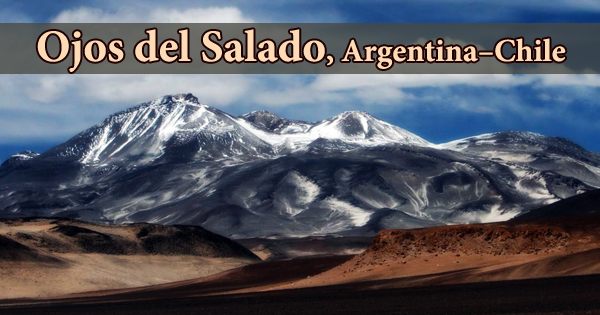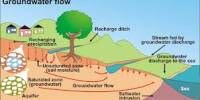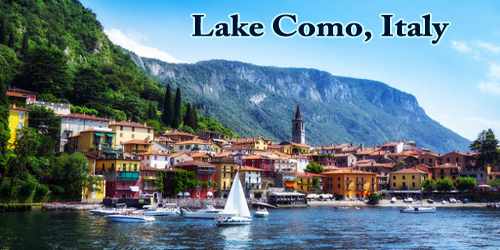Along the Chile-Argentina border, the world’s tallest active volcano, Nevados Ojos del Salado, rises to 6,893 meters (22,615 feet). At roughly 7,000 meters (23,000 feet), it is the second-highest mountain in both the Western and Southern Hemispheres, behind Aconcagua, and the tallest in Chile. The volcano is roughly 20 kilometers south of the international border crossing at Paso de San Francisco. The summit complex has several craters, pyroclastic cones, and andesitic-to-rhyolitic lava domes, and has been the source of Holocene lava flows. It is extended in a NE-SW direction and overlies a partly buried caldera.
Its curved body is encrusted with irises of salt water puddles formed by massive salt deposits on its glaciers. This makes this Andes marvel even more fascinating to see, and it’s no surprise that it’s become a major mountaineering destination in South America. The mountain has exceptionally dry circumstances due to its proximity to the Atacama Desert, with snow normally lingering on the peak only during the winter, while large storms can cover the surrounding area with a few feet of snow even in the summer.
Despite the arid conditions, a permanent crater lake of 100 m (330 ft) in diameter exists on the eastern slope of the mountain at an elevation of 6,390 m (20,960 ft). This is most likely the world’s highest lake of any sort. The circular, salt lakes found on the volcano’s flank are known as “Ojos del Salado,” which translates to “Eyes of Salt.” Around 1000-1500 years ago, a huge explosive eruption occurred, resulting in pyroclastic flows.

Ojos del Salado is still active and producing fumarolic activity, however there have been no documented historical eruptions. It was not possible to corroborate a report of modest gas and ash emissions in 1993. Until the final portion to the top, which is a steep scramble that may require ropes, the ascent of Ojos del Salado is primarily a trek. Jan Alfred Szczepaski and Justyn Wojsznis, members of a Polish expedition in the Andes, achieved the first ascent in 1937.
This bicultural mountain is half Chilean, with the east of Copiapó in the Atacama area, and half Argentinean, with the west of Fiambalá in the Catamarca province. As a result, it provides a variety of approaches to tackling the spectacular summit, each with its own set of advantages and disadvantages, albeit the view from the top is breathtaking. To the north of the mountain, an international highway connects Chile and Argentina. It is one of the Volcanic Seven Summits, a list of the world’s highest volcanoes on each of the seven continents. To reach the top of all seven is considered a mountaineering achievement.
At the southern extremity of the Andes’ Central Volcanic Zone, Ojos del Salado, along with numerous other high volcanoes such as El Muerto, El Solo, Nevado Incahuasi, and Nevado Tres Cruces, resides. The summit complex has several craters, pyroclastic cones, and andesitic-to-rhyolitic lava domes, and has been the source of Holocene lava flows. It is extended in a NE-SW direction and overlies a partly buried caldera. Volcanic activity in the Cordillera Claudio Gay began 26 million years ago, at the same time as the surrounding Maricunga Belt volcanoes were active.
Pumiceous pyroclastic flows were created by a massive rhyodacitic explosive eruption about 1000-1500 years ago. The most recent eruptive activity appears to have begun along a fracture that runs north-northeast across the top complex. It resulted in the construction of at least a dozen tiny cones, lava domes, and explosion craters, as well as a thick, viscous lava flow. From rocks north of Ojos del Salado, potassium-argon dating has revealed ages of 1.2 0.3 million years ago and less than 1 million years ago.
On the Chilean side, there are three mountain huts on the way up: Refugio Claudio Lucero (at the start of the route), Refugio Atacama (5100m), and Refugio Tejos (near the end of the trip) (5800m). It also boasts the world’s tallest high mountain rescue hut, at 6100 meters. Most trips consider putting up base camps along the way and staying in tents, as these are all relatively modest cottages with few bunks. On the mountain, in the crater, and in the form of penitentes, there are glaciers that reach heights of 8–5 meters (26–16 feet).
According to other reports, there are no glaciers on Ojos del Salado. Permafrost melting on the mountain feeds multiple lakes, one of which is at 6,500 meters (21,300 feet) altitude and is fed by a creek. Climbing Ojos del Salado is not technically tough until you reach the summit. Naturally, due to the high altitude, acclimatization must be taken into account at all times. There have been no documented historical eruptions of Ojos del Salado, however the volcano has shown chronic fumarolic activity and an unsubstantiated claim of modest gas and ash emission in 1993.
Ojos del Salado is a volcano that is currently active. Several craters, cones, and lava domes dot the caldera, which has been the source of Holocene lava flows. The most recent known eruption, according to the Smithsonian Institution’s Global Volcanism Program, occurred roughly 1,300 years ago, with a considerable margin of error. The best hiking times are during the summer months when the likelihood of snow at the top is significantly reduced.
The Ojos del Salado Mountain has long been a favorite destination for those attempting to reach the maximum altitude by land vehicle. Ojos del Salado’s climate and weather are truly distinctive due to its geographical location in the Andes and the Atacama Desert. The summer months (January, February, and March) are the finest for climbing this volcano because it is a fairly dry location with little snow. Despite the lack of snow, temperatures are extremely cold all year. Even in the summer, temperatures can dip as low as -10°C at night, and -30°C at the top with strong winds.
Information Sources:
















